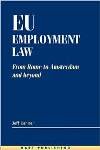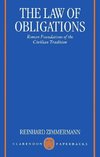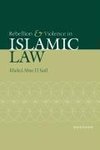
-
 Anglický jazyk
Anglický jazyk
Comfort women
Autor: Source: Wikipedia
Source: Wikipedia. Pages: 24. Chapters: Asian Women's Fund, Gai Shanxi and her Sisters, Hirofumi Hayashi, Kakou Senda, Kim Hak-sun, Kono Statement of 1993, List of war apology statements issued by Japan, Liu Huang A-tao, Mike Honda, Rosa Henson, Seiji Yoshida,... Viac o knihe
Na objednávku, dodanie 2-4 týždne
14.13 €
bežná cena: 15.70 €
O knihe
Source: Wikipedia. Pages: 24. Chapters: Asian Women's Fund, Gai Shanxi and her Sisters, Hirofumi Hayashi, Kakou Senda, Kim Hak-sun, Kono Statement of 1993, List of war apology statements issued by Japan, Liu Huang A-tao, Mike Honda, Rosa Henson, Seiji Yoshida, Song Sin-do, United States House of Representatives House Resolution 121, Wednesday demonstration, Women's International War Crimes Tribunal on Japan's Military Sexual Slavery, Yasuji Kaneko, Yayori Matsui, Yoshiaki Yoshimi, Yoshinori Kobayashi, Yun Chung-Ok. Excerpt: Comfort women were women and girls forced into a prostitution corps created by the Empire of Japan. The name "comfort women" is a translation of a Japanese name ianfu (¿¿¿). Ianfu is a euphemism for shofu (¿¿) whose meaning is "prostitute(s)". The earliest reporting on the issue in South Korea stated it was not a voluntary force, and since 1989 a number of women have come forward testifying they were kidnapped by Imperial Japanese soldiers. The term is also used for the women and girls engaged by the South Korean government for sexual services for US Military personnel in the 1950s. Historians such as Lee Yeong-Hun and Ikuhiko Hata stated the recruitment of comfort women was voluntary. Other historians, using the testimony of ex-comfort women and surviving Japanese soldiers have argued the Imperial Japanese Army and Navy were either directly or indirectly involved in coercing, deceiving, luring, and sometimes kidnapping young women throughout Japan's occupied territories. Estimates vary as to how many women were involved, with numbers ranging from as low as 20,000 from some Japanese scholars to as high as 410,000 from some Chinese scholars, but the exact numbers are still being researched and debated. A majority of the women were from Korea, China, Japan and the Philippines, although women from Thailand, Vietnam, Malaysia, Taiwan, Indonesia and other Japanese-occupied territories were used for military "comfort stations". Stations were located in Japan, China, the Philippines, Indonesia, then Malaya, Thailand, Burma, New Guinea, Hong Kong, Macau, and French Indochina. According to testimony, young women from countries under Japanese Imperial control were abducted from their homes. In many cases, women were also lured with promises of work in factories or restaurants. Once recruited, the women were incarcerated in "comfort stations" in foreign lands. A Dutch government study described how the Japanese military itself recruited women by force in the Dutch East Indies.
- Vydavateľstvo: Books LLC, Reference Series
- Rok vydania: 2020
- Formát: Paperback
- Rozmer: 246 x 189 mm
- Jazyk: Anglický jazyk
- ISBN: 9781157479468
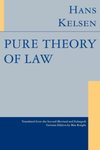
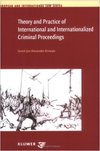

 Nemecký jazyk
Nemecký jazyk 
